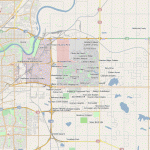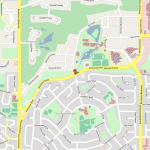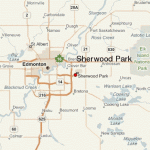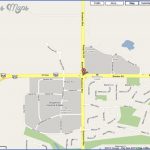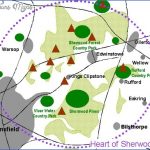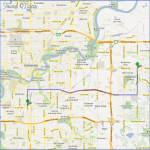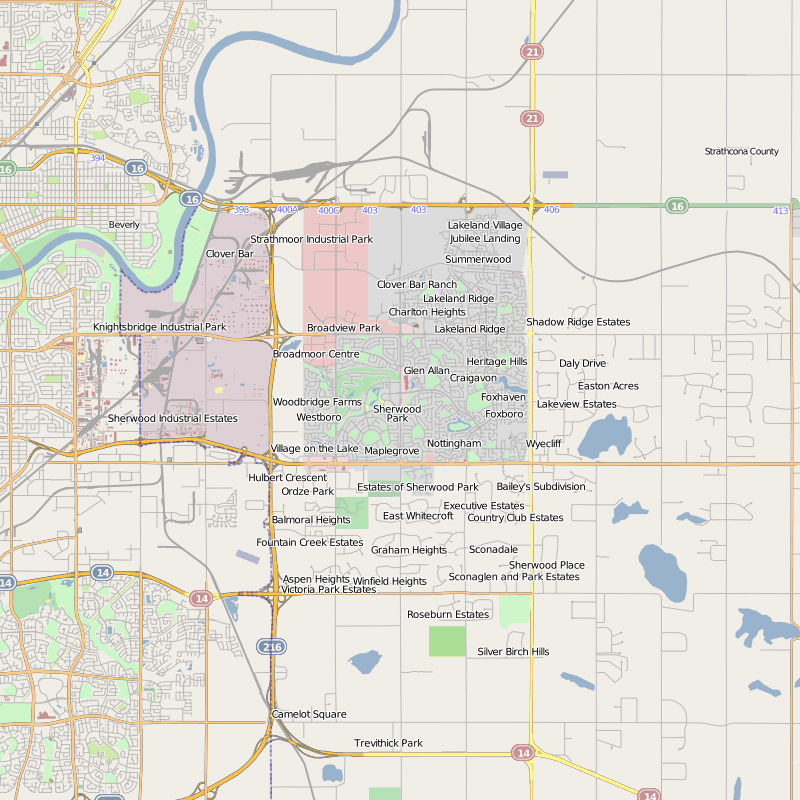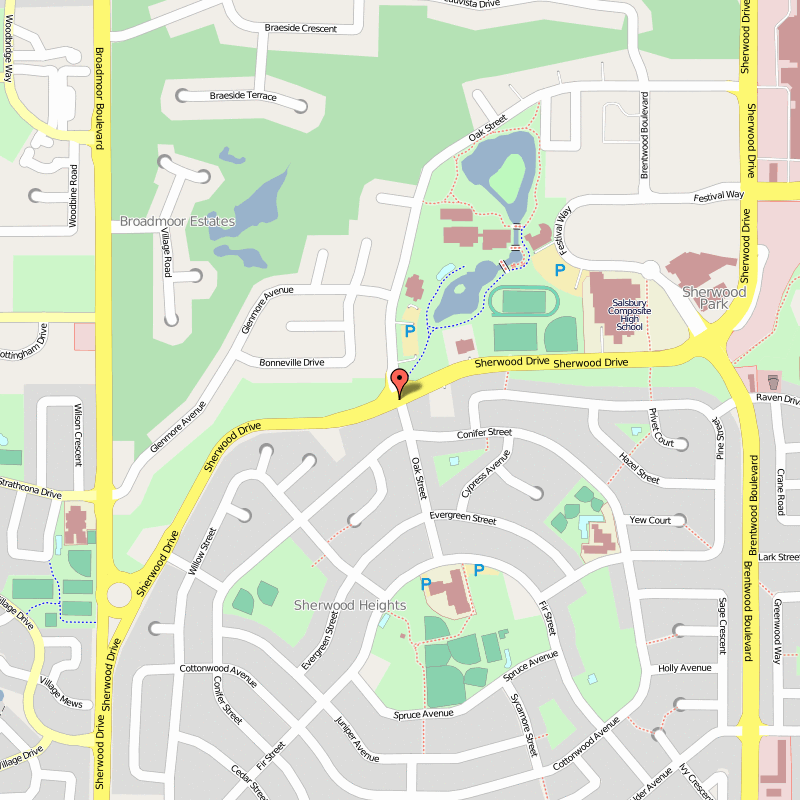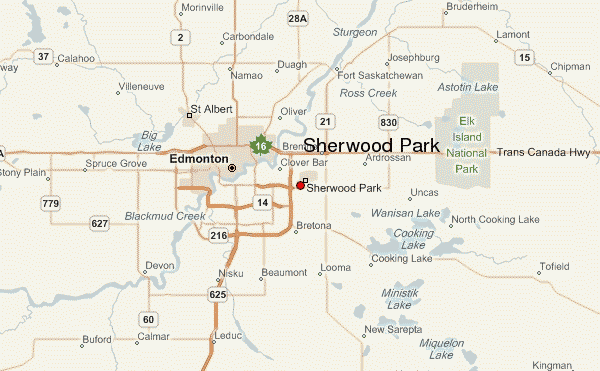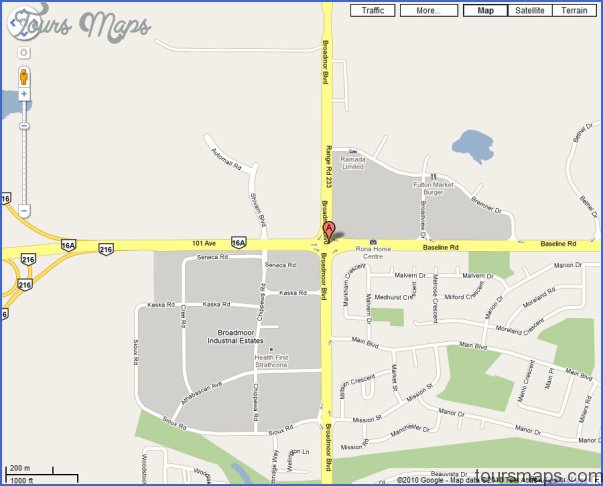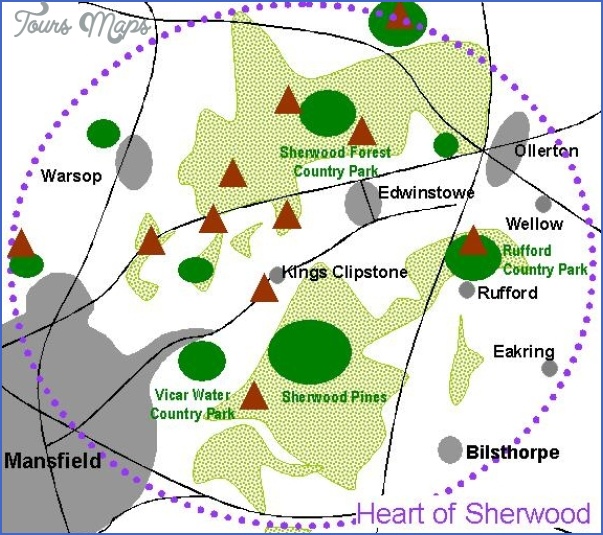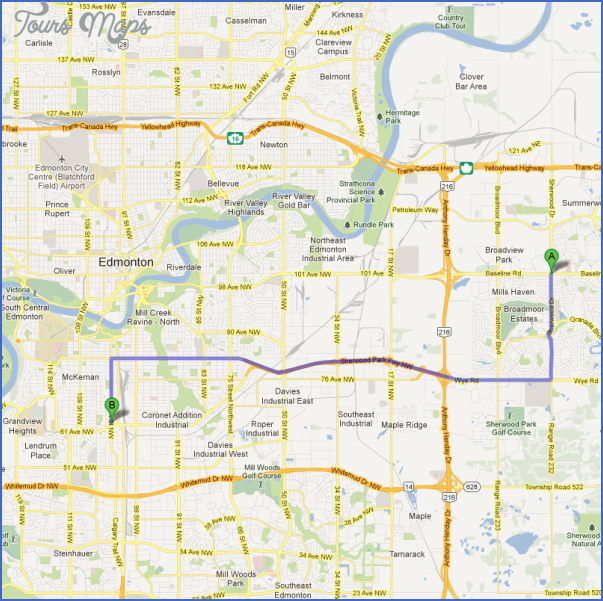Directions: Exit Edmonton on Hwy 16 east.
Distance: 22.5 km, or about 24 minutes, from Edmonton.
Info: www.strathcona.ca.
Directly east of Edmonton, and part of Strathcona County, Sherwood Park is sometimes called the world’s largest hamlet, with its population of 65,465 residents. Despite its size, the community remains a hamlet because urban centres in Alberta are defined by the way they are administered rather than by population or geographic size. The Alberta government granted Strathcona County status as a specialized municipalitywith funding options under both urban and rural frameworks. Strathcona County is also noteworthy for being the first rural area to become self-governing when Alberta was still part of the North-West Territories.
Sherwood Park formed in 1952 as a result of the efforts of John Hook Campbell and John Mitchell, who wanted to establish a satellite community for the many new workers who came to find jobs in the oil industry. Strathcona’s Municipal Council approved the idea in 1953, and the first residents arrived in the winter of 1955-56. Glen MacLachlan opened the first food store and coffee shop on the corner of what is now Alder Avenue and Hawthorne Street.
In 1956, Canada Post refused Campbelltown and Campbell Park as possible names for the community, but accepted Sherwood Park. The inspiration for the name is unknown, but is thought to have been chosen simply as an appropriate description for homes in a rural setting.
You can get a feel for what Strathcona County was like in the early 20th century, before Sherwood Park existed, by walking the Heritage Mile. Start at the path alongside the Broadmoor Boulevard traffic circle and walk toward Main Boulevard: Smeltzer House, the Lendrum Sisters sculpture, and Salisbury United Church lie on the east side of the boulevard; the Ottewell Centre house and barn, Monument Park, and Smyth Farm populate the west side of the road. Journey Back in Time, a 100-page driving guide, is sold ($5) at the Strathcona County Museum & Archives or comes free with a museum membership.
Strathcona County Museum & Archives Location: 913 Ash Street, Sherwood Park.
Info: Open Monday to Friday, 10:00 a.m. to 4:00 p.m., and for special events. Admission is $5 for adults, $5 and $4 for seniors and youth; children aged 4 and under can enter for
free. 780-467-8189; www. strathconacountymuseum. ca; strathconacountymuseum@shaw. ca.
The Strathcona County Museum & Archives is located in the building that housed Sherwood Park’s original fire hall in 1959, as well as the first RCMP station in 1967. Today the building exhibits artifacts from the lives of Aboriginal people and area settlers of the early 1900s. This is a museum that gives a genuine impression of pioneer life. You will find a train station, grain elevator, dairy barn, blacksmith/woodworking shop, general store/post office, barbershop, parlour, kitchen, one-room school, country church, jail cell, and other displays. Be sure to notice the homemade wooden shovel and rake as you enter the museum.
A stunning original mural by Edmonton artist Aaron Paquette is the centrepiece of the Aboriginal exhibition called The Past Shows Us the Way. As well as viewing the many Aboriginal and pioneer artifacts in themed exhibits, watch videos featuring Eileen, a young lady who lived in Strathcona County at the turn of the last century. Special exhibits change seasonally. Explore independently or call to book a tour.
Smeltzer House
Location: 1 Broadmoor Boulevard, Sherwood Park.
Info: 780-464-2023.
Built in 1920, Smeltzer House was the home of Maurice Smeltzer and his wife, Eliza Pithie, a descendant of the Scottish poet Robert Burns. Originally from Ontario, Smeltzer delivered workhorses to Edmonton and then settled on a 194-hectare homestead in the Salisbury area in 1892. His brother-in-law Cyril Fry designed the Canadian four-square-style house, which was adopted as a common model of construction in the early 1900s. The house stands on brick footings and has two solid brick walls separated by an air space. A registered historic site, Smeltzer House became a visual arts centre in 1985 that offers a variety of creative visual arts and pottery programs throughout the year. The original 1930s garage contains the Clay Hut Pottery Studio.
Sherwood Park Natural Area
Location: About 4 km south of Wye Road. From Wye Road, turn south on Range Road 231.
Info: 780-679-1215.
The 70-hectare Sherwood Park Natural Area offers year-round hiking on three kilometres of developed trails. The bonus is that you will be traipsing the path of a wagon track used in the early 1900s by people travelling between Edmonton and Cooking Lake. The old Edmonton Trail passes through rolling landscape with wetland areas and a large slough. The mosaic of habitats here draws a number of bird species, including hairy and downy woodpeckers, great horned owls, and petite northern saw-whet owls. Look for coyote, white-tailed deer, moose, porcupine, red squirrel, and snowshoe hare.
SHERWOOD PARK MAP Photo Gallery
Maybe You Like Them Too
- Explore Góra Kalwaria, Poland with this detailed map
- Explore Gumdag, Turkmenistan with this detailed map
- Explore Telfes im Stubai, Austria with this detailed map
- Explore Langenselbold, Germany with this detailed map
- Explore Krotoszyn, Poland with this detailed map

